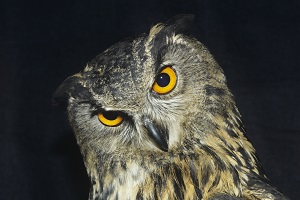The ginkgo tree is said to be one of the most enduring plant that has survived through the ice age, making it one of the oldest species of trees known to scientists.
It’s mandarin name is yin xing (银杏) and also commonly referred to in western culture as maidenhair tree.
Native to China, it has also grown a huge following in other Asian countries such as Japan and Korea.
It can be easily identified with it’s unique fan-shaped leaves that has no comparison in the world of horticulture.
The ginkgo leaf (银杏叶) is most well-known in oriental culture as a plant with various medicinal benefits in terms of Traditional Chinese Medicine (TCM).
Chinese physicians can often prescribe it as a therapeutic remedy for health ailments such as those concerning the heart, kidneys, lungs, body fluid, etc.
These days we can also frequently find them as herbal extracts in supplement stores labeled as ginkgo biloba.
Even ginkgo nut, which are the seeds of the ginkgo tree are believed to have health benefits. They are also often used in healthy desserts mixed with barley and bean curds.
The nut itself has associations with longevity symbolism.
Ginkgo tree symbolism
Because of it’s ability to survive under the harshest conditions, the ginkgo tree is understandably associated with longevity.
So it’s no surprise to often find them planted in places for worshiping ancestors and deities.
This in part, carries the meaning of renewal as the tree puts on a brilliant color display every year as it sheds it’s leaves to grow new ones. The green leaves turn yellow during the fall. And as if on cue, shed all it’s leaves within a few days and sometimes within an autumn day. This is so that it can go about growing new leaves again.
They make great additions as spiritual plants for the meditation area. But due to the size that they can potentially grow into, they are best nurtured when you have a spacious outdoor area meant as your own personal zen space.
You can also expect to have a huge clean up job on hand when the ginkgo leaves fall of their branches.
In various landmark sites of spirituality, the ginkgo tree can be found as a center piece of a whole garden. Some trees are hundreds of years old.
Even when they are not in places of interest, uprooting aged ginkgo trees can be seen as a bad omen.
Thus, it is not uncommon to see these trees protected even when the land it sits on has been planned for redevelopment. Some condominiums for example, keep the tree as a centerpiece in a park for residents to relax in.

If a plant has lived for centuries, it would be such a disrespect to life if it is destroyed.
In landscape paintings and artwork, ginkgo trees can often accompany pine trees to symbolize longevity. When given as a gift, it carries the meaning of wishing good health and many descendants to the receiver.
When pictured as a lone tree, it represents solitude and strength.
If you are to plant one in your garden now, your family members of several generations later will be able to see the same tree as you.















